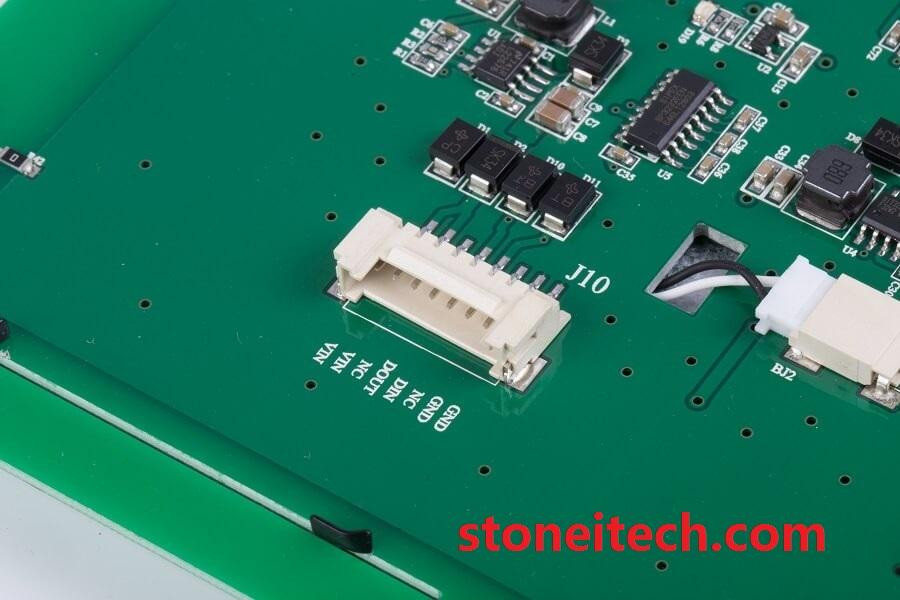How to decide an industrial screen
Industrial displays are designed to have increased durability and withstand harsh conditions in industrial and commercial applications. The 3.5 small tft lcd are available in a wide variety of sizes and resolutions. There are multiple mounting options: panel mounting, rack mounting, open frame, etc. An industrial screen can be touch or not. The tactile versions come in the form of resistive touch (touch by pressure) or capacitive touch (touch to touch). more links
Some Points When Choose an Industrial Screen
When choosing your 4.3 tft lcd display industrial monitor, it is important to take into account the environment in which the screen will be used, as well as its application. Will there be projections? Dust? Good light? The type of integration (rack, panel mount, etc.) is also important. Which touch screen is optimized for your application, and how much protection do you need? Depending on the work environment and the intended application, you may decide to: The desired screen size and format (as 5 tft display screen). We define the diagonal (in inches) and the width: height ratio. The most popular ratios are 6: 9 and 4: 3, but it is also possible to have a screen in 5: 4 and 16:10.
The screen resolution. The resolution is the degree of detail of the image; it is expressed in pixels.
The luminosity. This is the light intensity of the 5.6 tft lcd screen. If the screen is not bright enough, you will not see anything in broad daylight. Brightness is expressed in candela per square meter (nits in English). The standard brightness is around 250 cd / m². These screens must have a brightness greater than 1000 cd / m2. View our website

The resistance of the 7 tft lcd display also called hardening. Hardening is the ability of the screen to be subjected to attack in order to prevent short circuits or infiltration into your system. Several standards like 15.1 tft lcd panel guide you in this choice of resistance to various projections (water, oils, solvents, etc.), to shocks or to more aggressive projections in explosive areas (see paragraph on protection standards below).
The VESA standard defines the measures for fixing the screen: the dimensions of the holes, the screws used in these holes, and also the configuration of the holes at the back of the screen. The 8 smart lcd display is also a model to choose.
Touch option or not. As the 12.1 lcd screen module touch screen is used more and more, if you choose one, you will have to study the usage environment carefully.
Main characteristics:
- Size and format
- The resolution
- The luminosity
- The hardening
Integration and fixation
Which technology to choose for your industrial screen?
The 5.7 tft lcd screen uses pixels with a backlight, giving a standard image, a lack of density of black and shades of gray. The backlighting system makes the LCD screen fairly wide and heavy. The LCD screen uses a lot of electricity, but it has the advantage of being very affordable.
The 10.1 lcd display screen is widely used on the market. The image is very precise and homogeneous. The 10.4 tft touch display LED screens are lit by light-emitting diodes. This gives better image quality, better contrast, and in addition, this technology allows energy savings of around 30% compared to LCD screens. LED screens are a bit more expensive than LCDs but are still affordable.
Comments
Post a Comment